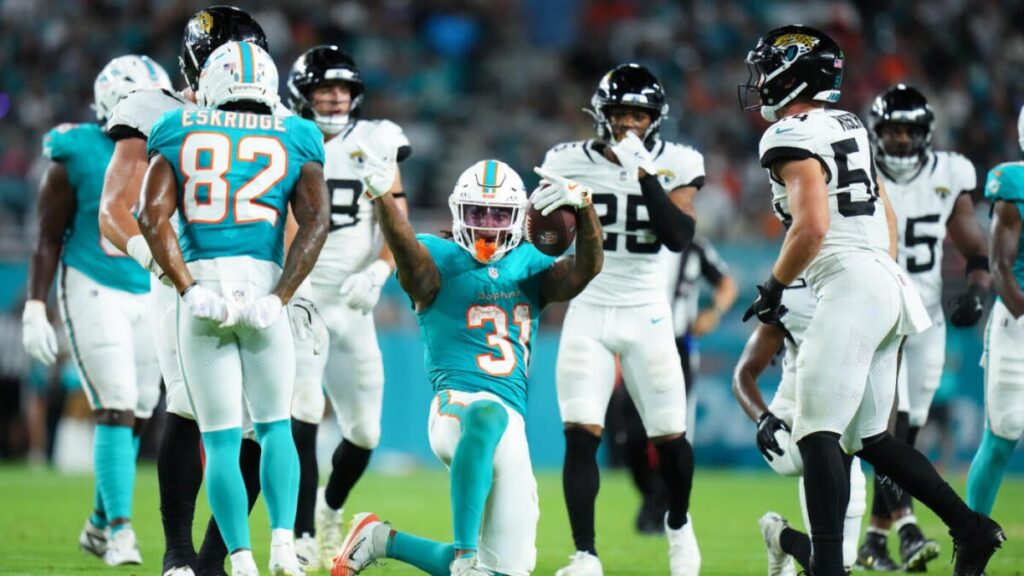As the NFL begins its 106th regular season tonight when the Eagles host the Cowboys, the league will also debut its virtual measurement system in the regular season for the first time ever.
After years of tinkering with it in the background and preseason, millions of dollars spent and 180 cameras installed across 30 different American stadiums (plus even more internationally), the NFL is finally ready to flash its new technology in games that matter.
But sources across the league have indicated to CBS Sports that they will be watching tonight and the rest of Week 1 with bated breath after some uneven test results. The new system that has rendered the chain gang as the backup for line-to-gain measurement is supposed to cut down on dead time during games when everything works the way it should.
“The accuracy isn’t the problem. It’s just how long it takes sometimes,” said one league source. Another source added that an extra year of testing would probably ease some tension.
Using six mounted cameras in a stadium, the league has a virtual system powered by Sony Hawk-Eye now in place that can measure whether a team made the line-to-gain for a first down. The system does not spot the ball — officials will still do that — but it does replace the need for the chain crew to come onto the field with the markers to determine if a fresh set of downs is needed.
The league tested the system publicly during the 2024 preseason and on background during the 2024 regular season. On average, virtual measurements took about 30 seconds compared to the 75 seconds for the chain crew. The league loves for its games to be around three hours, and every half-minute is valuable as the NFL has strengthened aspects of the game like its expedited review and replay assist.
But the system has encountered snags. The graphics weren’t up to the standards of many in the league last year, and they worked to enhance them this year. There would be latency issues that continued into this preseason: some measurements would take 20 seconds, others seemed to take as long, if not longer, than the chains would have.
Multiple league sources say the NFL “overtested” the system this preseason as a form of practice. Several virtual measurements taken in the exhibitions would have never taken place in a regular season game as officials could have made the determination with the naked eye, but the league wanted reps ahead of this season.
Another source chalked up some of the delays this preseason to operator error. Whether it was in-stadium graphics or getting those graphics on air working with a local TV broadcast, the extra time it took in August may not be there in September.
In the spring, the NFL made the virtual measurement system the primary form of measuring whether the line to gain has been achieved. But the chain gang will remain on the sideline this season and, very likely, beyond that. Game participants still need a visual for what is a first down, and the league wants a backup system in place in the event of a failure with the virtual system.
Only if the virtual system is rendered inoperable will the chain crew ever come out to do its traditional work in measuring moving forward.
A common misunderstanding has been that this system will mark the ball. Because there are 22 bodies and their associated parts on the field, and because the football is an oblong shape, and because the ball carrier can be down or stopped in various methods, the league will continue to have human officials spot the football — at least until the technology it tested at last year’s Super Bowl becomes operable. For now, once the ball is spotted by the official, that’s when the camera technology seen most notably in tennis comes in to determine whether that ball is at or beyond the line to gain.
The league’s historic foray into the future will be on full display this week with 16 games, including four primetimes games and what is essentially five nationally televised contests. It starts tonight with a team in the Eagles, who are no strangers to close line-to-gain measurements.


